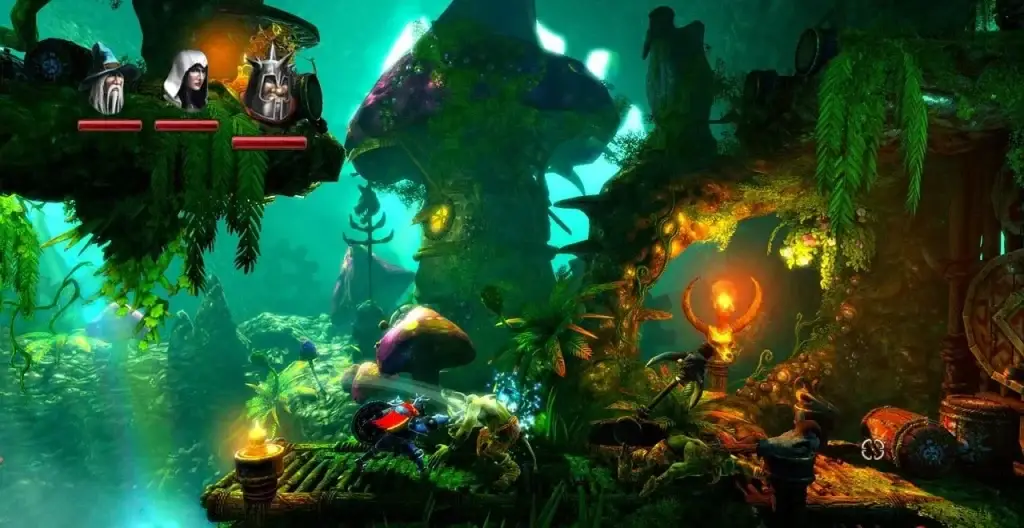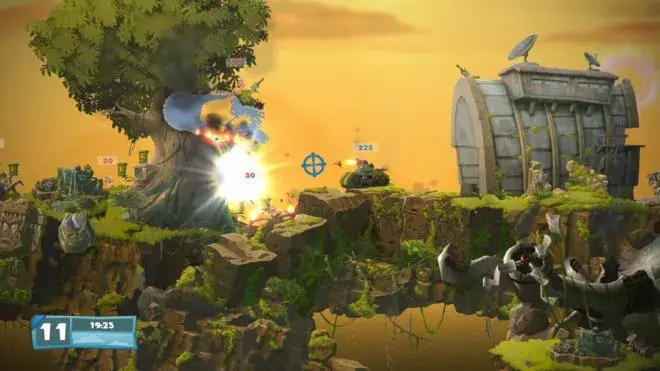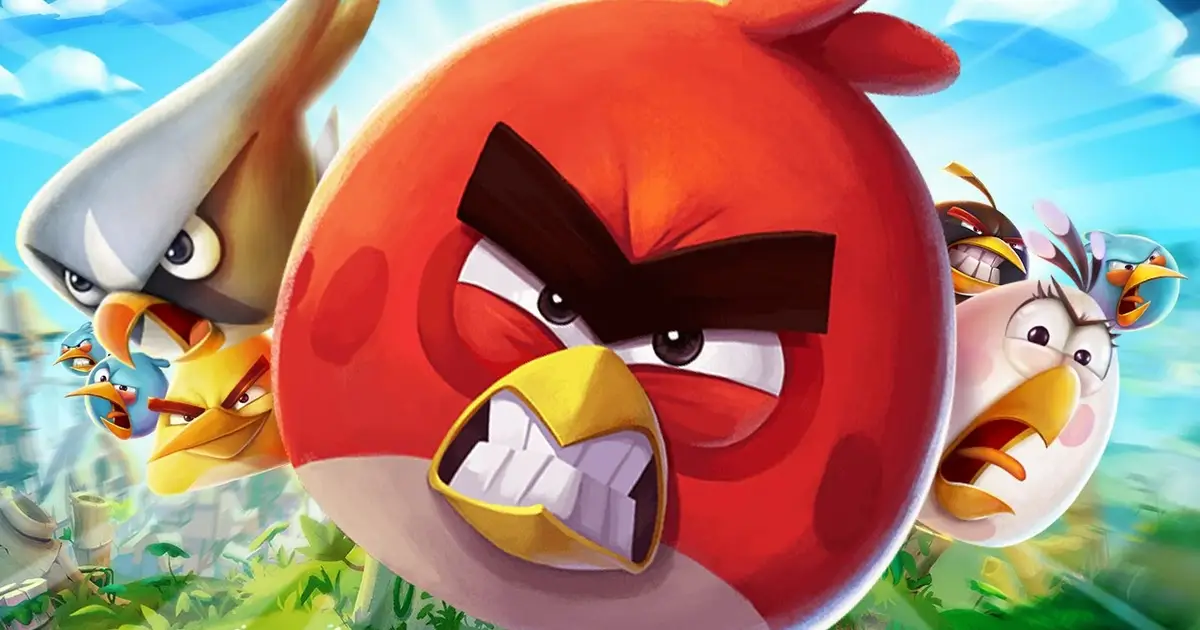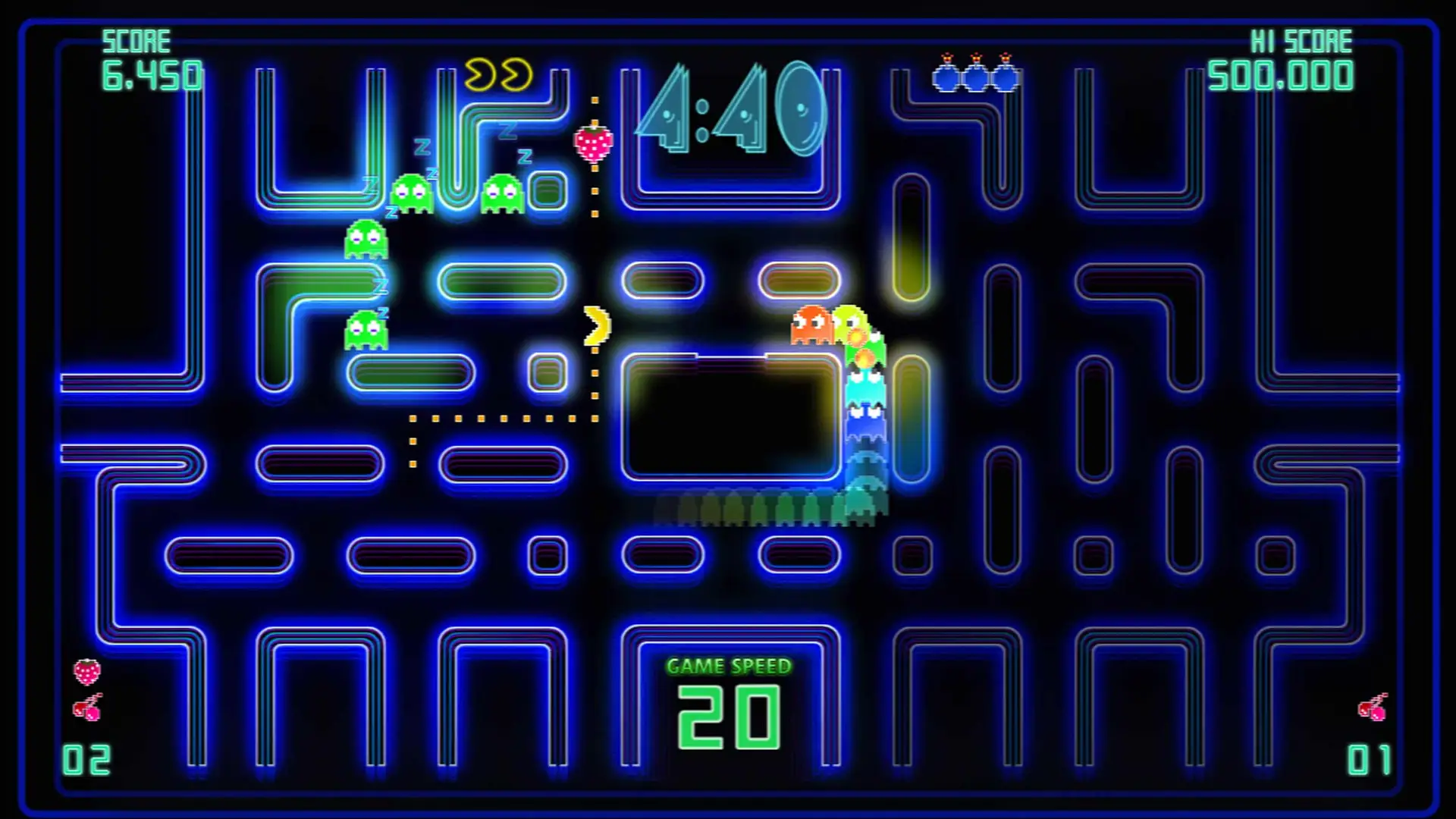The arcade genre is a cultural phenomenon that has survived several eras, adapted to technology and remains one of the most recognizable forms of entertainment. What makes these simple yet addictive projects unshakable in the world of video games? From retro machines in old arcades to modern gaming apps for smartphones, arcades continue to delight millions of users.
Arcade games: what makes the genre so unique
Let’s consider the features of the genre that make it unusual and popular among players.
Simplicity and speed are key elements
Arcades were created to give players instant pleasure. Simple mechanics, easy controls, short rounds – all this is ideal for short gaming sessions. The success of the genre largely depends on its ability to satisfy the desire for a quick reward.
While modern projects often require deep immersion in the plot, arcades offer pure gameplay, without the need to understand complex rules. This allows you to instantly get into the game without wasting time on training. Let’s remember at least the famous Pong and Space Invaders, where the player was immediately immersed in the action.
Dynamics and reflex challenge
The main strength of arcades is their dynamics. Constant movement and increasing complexity stimulate the player to maximum attention. Reflexes become the main tool for victory – no skills or knowledge will help if reflexes are not up to par. This feature makes arcades similar to sports: you have to fight your own reactions, which creates an atmosphere of competition in the game.
Classic arcades: a return to retro games
History is full of cult projects that have become symbols of entire decades. Classic versions came to homes and arcades in the 80s and 90s. Pac-Man, Space Invaders, Asteroids won millions of hearts and forever entrenched themselves in pop culture.
Pac-Man, for example, became not just a game, but a phenomenon: its yellow round hero inspired the creation of merchandise, TV shows and even cartoons. At the time, such entertainment was the pinnacle of technology, and its popularity remains strong thanks to reissues and nostalgia for the era of arcades.
Transforming the classics into digital format
 The genre is currently experiencing a real renaissance. Developers are not only bringing back old hits, adapting them for modern devices, but also creating new projects in a retro style. This emphasizes how tenacious the arcade genre is: old mechanics are not outdated, they have only acquired a new form. Retro types find their place on PCs, consoles and mobile platforms, returning us to the golden age of video games.
The genre is currently experiencing a real renaissance. Developers are not only bringing back old hits, adapting them for modern devices, but also creating new projects in a retro style. This emphasizes how tenacious the arcade genre is: old mechanics are not outdated, they have only acquired a new form. Retro types find their place on PCs, consoles and mobile platforms, returning us to the golden age of video games.
Simple games for casual players: arcades for everyone
Casual players are an audience that appreciates the simplicity and ease of the gameplay. This genre is ideal for them. It does not require long training, complex strategies or deep immersion in the plot. Casual games, like arcades, are focused on instant pleasure.
Many modern versions are created with this audience in mind, offering simple mechanics that do not overload players. The important thing is that such simple games are available on almost all platforms, from PCs to mobile devices, which makes them accessible to a wide range of people.
Mobile devices have opened a new page in history. Players have the opportunity to enjoy their favorite entertainment anywhere and anytime. Arcade games for Android and iOS have become an integral part of modern life. Applications allow you to relax for a few minutes during a lunch break or while waiting in line. In addition, casual players can always find a project that suits their taste in the App Store or Google Play.
Arcade games for PC, consoles and mobile devices
Arcade games for PC are an opportunity to get acquainted with both the classics of the genre and modern projects. On Steam, you can find many arcades that will please both beginners and veterans of the genre. Many developers specially adapt their projects for computers, adding high-resolution support and additional features, which makes arcade games for PC as user-friendly as possible.
Eternal tandem
Walking hand in hand from the very beginning. With the advent of arcade games for consoles in the 80s, a real revolution began in the world of video games, and in modern times, platforms such as Nintendo Switch, PlayStation and Xbox continue to delight players with new projects adapted for large screens:
- Nintendo Switch is one of the most popular platforms. The portability of the device makes it ideal for short gaming sessions, which arcade projects love so much.
- PlayStation and Xbox offer a wide selection of both classic versions and modern ones that take full advantage of new technologies.
Mobile platforms
Applications for mobile devices have long since moved from the category of simple entertainment to full-fledged projects that can compete with console games. Many arcade projects are developed specifically for mobile devices, which allows them to occupy their niche in the market. Offers include both adaptations of classic hits and new projects aimed at casual players.
Conclusion: the genre is timeless
 Arcade games have firmly taken their place in the history of video games and remain popular to this day. This genre managed to survive several decades and remain relevant thanks to its simplicity, speed and dynamics. New projects continue to delight players, and re-releases of classics remind of the golden era of arcades.
Arcade games have firmly taken their place in the history of video games and remain popular to this day. This genre managed to survive several decades and remain relevant thanks to its simplicity, speed and dynamics. New projects continue to delight players, and re-releases of classics remind of the golden era of arcades.
Despite all the changes in the industry, arcades prove that entertainment doesn’t have to be complex to be addictive. The genre is a living legend that continues to be loved by millions of players around the world.
 en
en  de
de  ar
ar  es
es  nl
nl  hi
hi  fr
fr  it
it  pt
pt  el
el 



